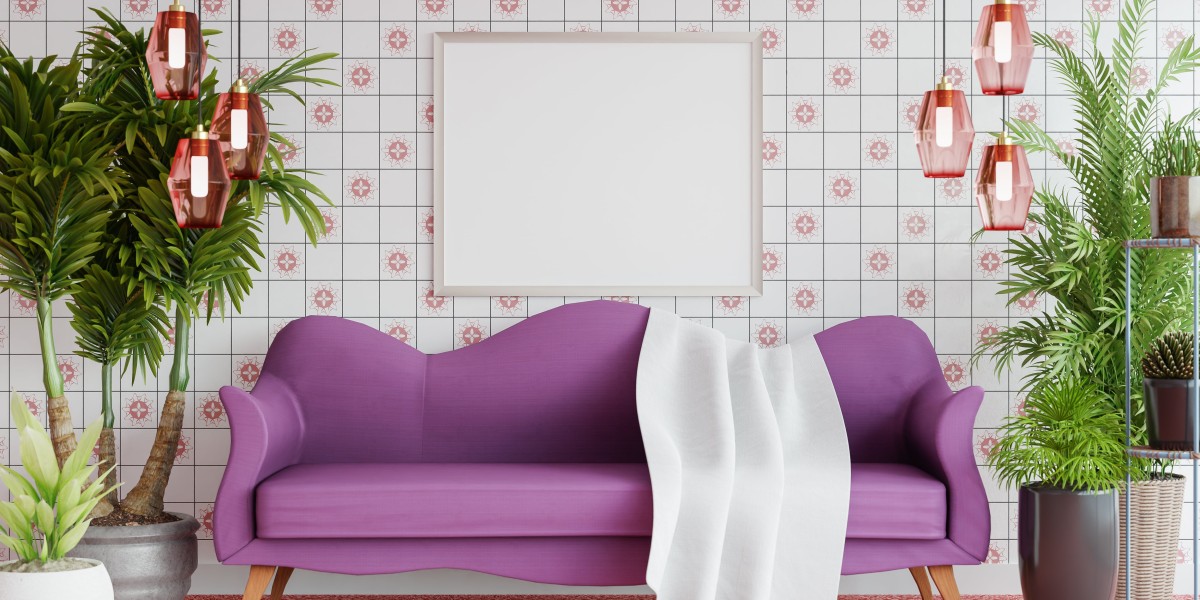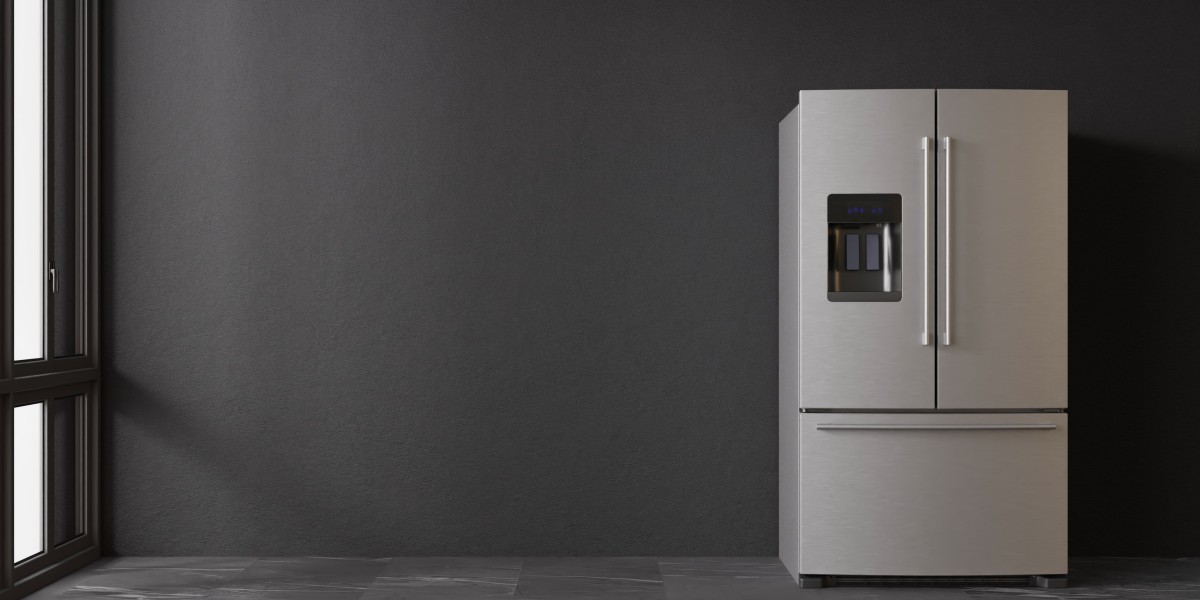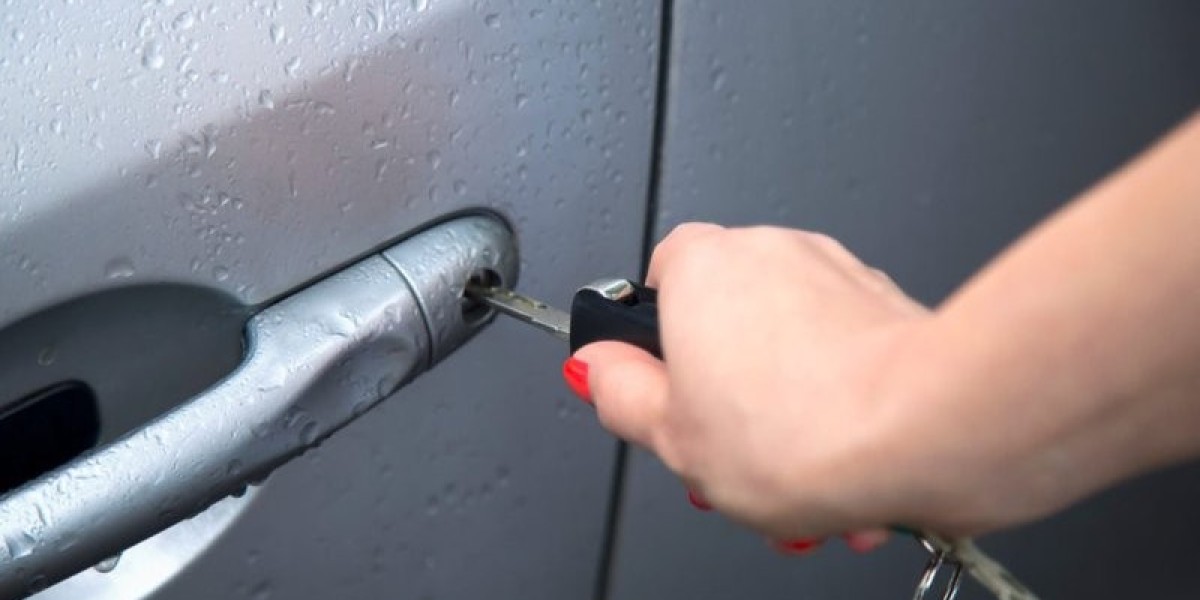With rising energy costs and growing environmental concerns, green building has become more than a trend—it's a smart, sustainable lifestyle choice. Whether you're building a new home or renovating an old one, incorporating eco-friendly design principles can reduce your environmental footprint, lower utility bills, and improve your indoor air quality.
In this post, we'll walk you through practical green building tips for homes that are cost-effective and easy to implement.
? What Is Green Building?
Green building refers to the design, construction, and operation of homes in an environmentally responsible and resource-efficient way. This includes using sustainable materials, improving energy efficiency, and creating healthy indoor environments.
? 1. Maximize Natural Light
Design your home to take full advantage of natural sunlight. This not only reduces the need for artificial lighting but also improves your mood and productivity.
Tips:
Install large, energy-efficient windows.
Use light-colored walls and reflective surfaces.
Align rooms with the sun's path (e.g., place living areas on the south side in cooler climates).
? 2. Choose Sustainable Building Materials
Opt for eco-friendly materials that have a low environmental impact and are sourced responsibly.
Examples:
Recycled steel, reclaimed wood, and bamboo
Non-toxic, low-VOC paints and finishes
Insulation made from sheep wool, cellulose, or recycled denim
? 3. Install Water-Efficient Fixtures
Water conservation is a key part of green living. Use low-flow fixtures to reduce water waste without compromising performance.
Try This:
Low-flow showerheads and faucets
Dual-flush or composting toilets
Rainwater harvesting systems for outdoor irrigation
⚡ 4. Upgrade to Energy-Efficient Appliances
Old appliances are energy hogs. Replacing them with Energy Star-rated versions can significantly reduce your home's energy consumption.
Focus On:
Refrigerators
Washing machines
HVAC systems
LED lighting
?️ 5. Improve Insulation and Sealing
A properly insulated home retains heat in the winter and stays cool in the summer, reducing energy use.
Quick Wins:
Insulate walls, ceilings, and floors
Seal windows and doors to prevent drafts
Use double or triple-glazed windows
? 6. Landscape Smartly
Eco-friendly landscaping goes beyond looks—it can reduce water use, provide shade, and even purify the air.
Suggestions:
Plant native, drought-resistant plants
Add trees for natural shading
Use mulch to retain soil moisture
? 7. Use Renewable Energy Sources
Investing in solar panels or wind turbines may have a higher upfront cost, but they provide long-term savings and reduce your reliance on fossil fuels.
Consider:
Rooftop solar panels
Solar water heaters
Battery storage systems for energy independence
? 8. Focus on Indoor Air Quality
Healthy indoor air is essential for a comfortable, green home.
Action Steps:
Use ventilation systems with air purifiers
Avoid materials with formaldehyde or other toxins
Add indoor plants to naturally clean the air
?️ 9. Build Smaller, Smarter Spaces
Bigger isn’t always better. A smaller, well-designed space uses fewer resources and costs less to heat and cool.
Try:
Open-concept designs
Multi-purpose furniture
Smart home technology to monitor energy use
✅ Final Thoughts
Building or renovating your home with green principles isn’t just good for the planet—it’s good for your wallet and your health too. By using these green building tips for homes, you're making a long-term investment in sustainability and comfort.
Important Link
Jalan Loyang Besar EC Developer
Jalan Loyang Besar EC Project Details
New Condo Projects with High Connectivity to Business Districts
Key Factors That Affect Condo Resale Value in Singapore
What Makes a Condo a Smart Long-Term Investment in Singapore
Jalan Loyang Besar EC Site Plan
Jalan Loyang Besar EC Floor Plans
Jalan Loyang Besar EC Showflat
Jalan Loyang Besar EC Floor Plans
Jalan Loyang Besar EC Project Details







